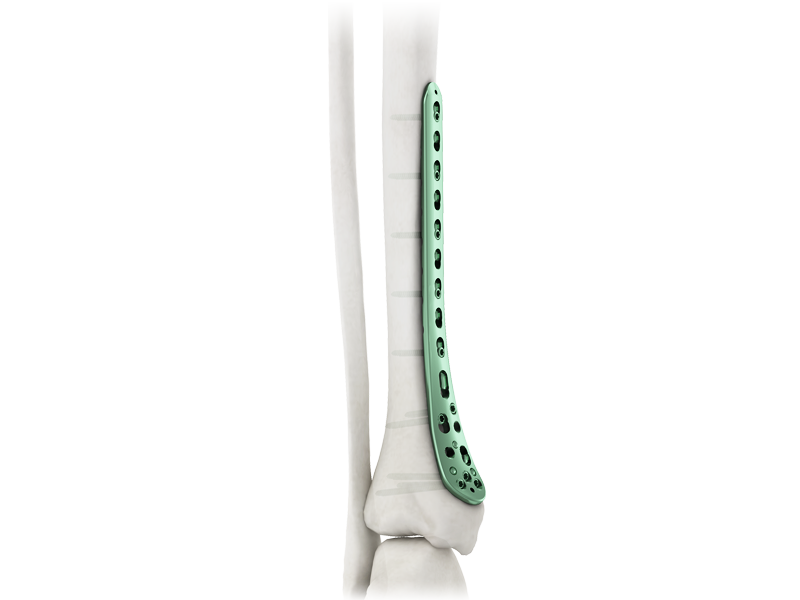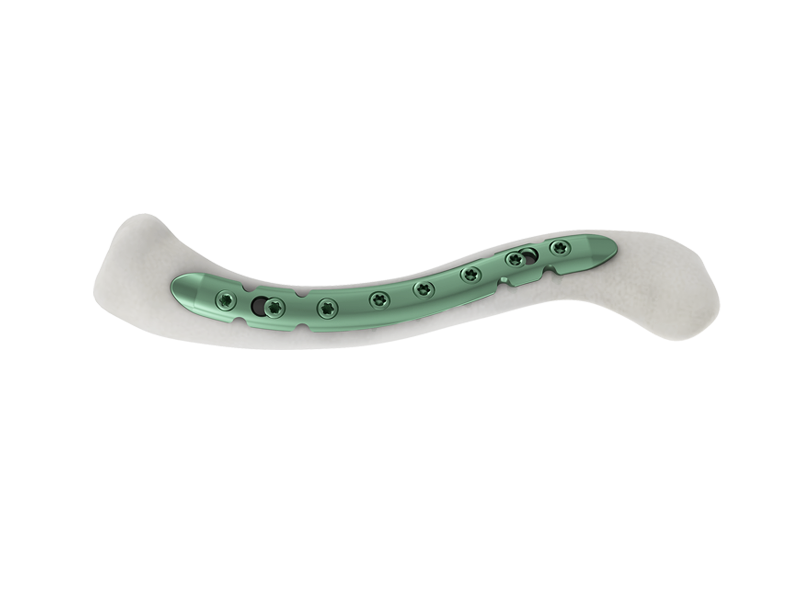уяан доторх хадаас
Уян хатан дотоод мэс заслын хадаас нь урт ясны хугарлыг бага зэргийн мэс заслын аргаар тогтворжуулах зорилгоор бүтээгдсэн хувьсгалт эмнэлгийн төхөөрөмж юм. Үүний гол функцууд нь хугарсан ясыг дэмжих, тэгшитгэл хадгалах, мөн хугарлын газарт хяналттай хөдөлгөөн хийх боломжийг олгох бөгөөд энэ нь хурдан эдгэрэлтэд тусалдаг. Уян хатан дотоод мэс заслын хадаасны технологийн онцлог нь биокомпатибель материалуудаас бүтээгдсэн хоосон, цилиндр хэлбэртэй загвар бөгөөд энэ нь шаардлагатай уян хатан байдал, хүч чадлыг хангадаг. Энэ загвар нь ясны дотоод хөндийд амархан оруулах боломжийг олгож, ясны байгалийн хөдөлгөөнд дасан зохицож, хугарлын газарт стрессийг бууруулдаг. Уян хатан дотоод мэс заслын хадаасны хэрэглээ нь өргөн хүрээтэй бөгөөд хүүхдийн ясны хугарлаас эхлээд уламжлалт аргууд тохирохгүй зарим насанд хүрэгчдийн хугарлуудыг эмчлэх хүртэлх олон төрлийн хэрэглээтэй.



